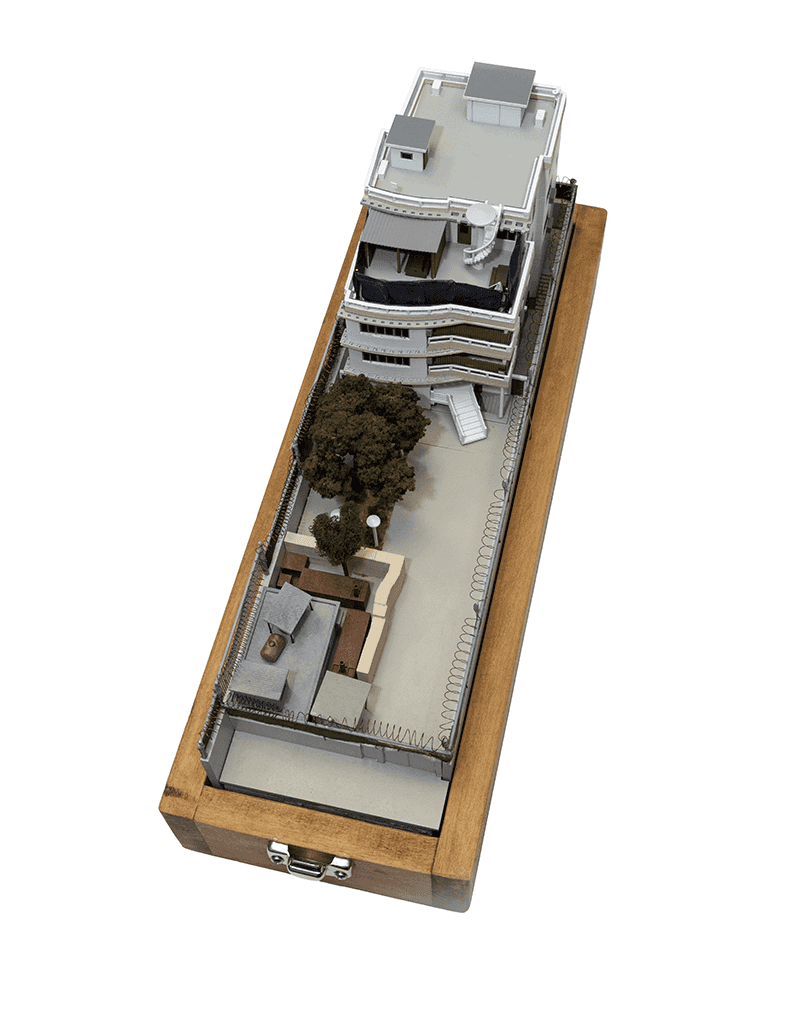Artifact Details

This model was used to brief the President on the location of al-Qa'ida's leader Ayman al-Zawahiri and to provide details on the proposed U.S. government mission.
Ayman al-Zawahiri had served as Usama bin Ladin's deputy and planned the 1998 bombing of the U.S. embassies in Tanzania and Kenya, the 2000 bombing of the USS Cole in Yemen, and the 11 September 2001 attacks against the U.S. homeland. He was among the most wanted terrorists in the world. The ability to locate Zawahiri after years of hiding was the result of careful, patient, and persistent work by counterterrorism professionals. A pattern of life was built through multiple, independent sources to inform the operation.
Working with the National Geospatial-Intelligence Agency to construct the model, CIA officers used it on 1 July 2022 to brief President Biden on Zawahiri’s location and provide detailed and clear options he could consider. During the briefing, the President closely examined the model, seeking additional insights into natural and man-made factors - including construction materials - that could potentially impede the mission.
On 30 July 2022, President Biden authorized a precision counterterrorism operation in Kabul, Afghanistan that targeted and killed al-Qa'ida's current leader Ayman al-Zawahiri. Much like the mission that killed Usama bin Laden, models played an important role in ensuring mission success. The hard work of counterterrorism professionals ensured that civilian loss was minimized and the lives of Zawahiri's family members, also present at the safe house, were spared.
The Zawahiri model is a great example of the Intelligence Community working together to create mission success.
